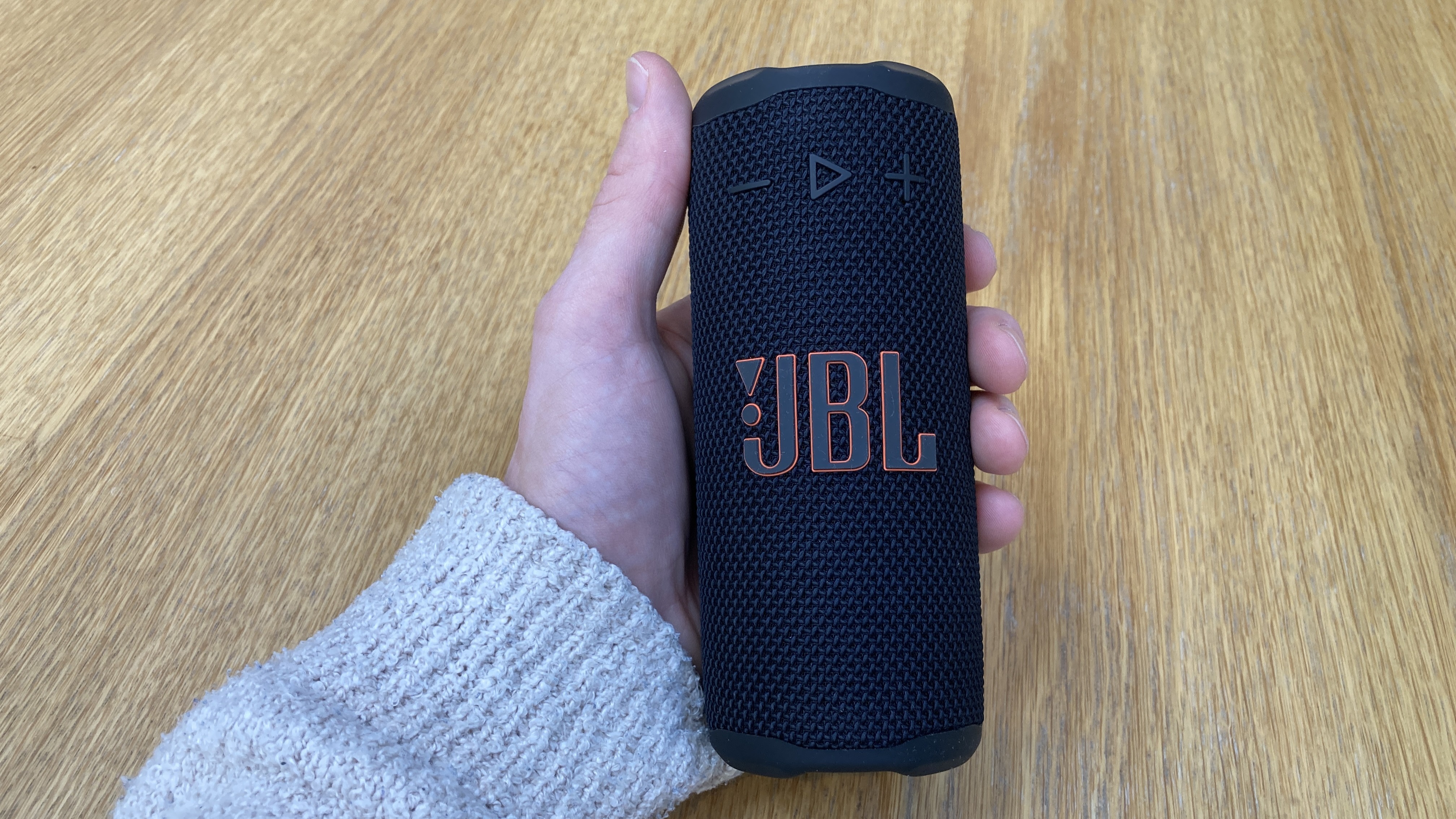Sony Bravia 8 II vs Bravia 9: what's new with Sony's latest TV?
Sony's new QD-OLED model vs its flagship Mini LED TV
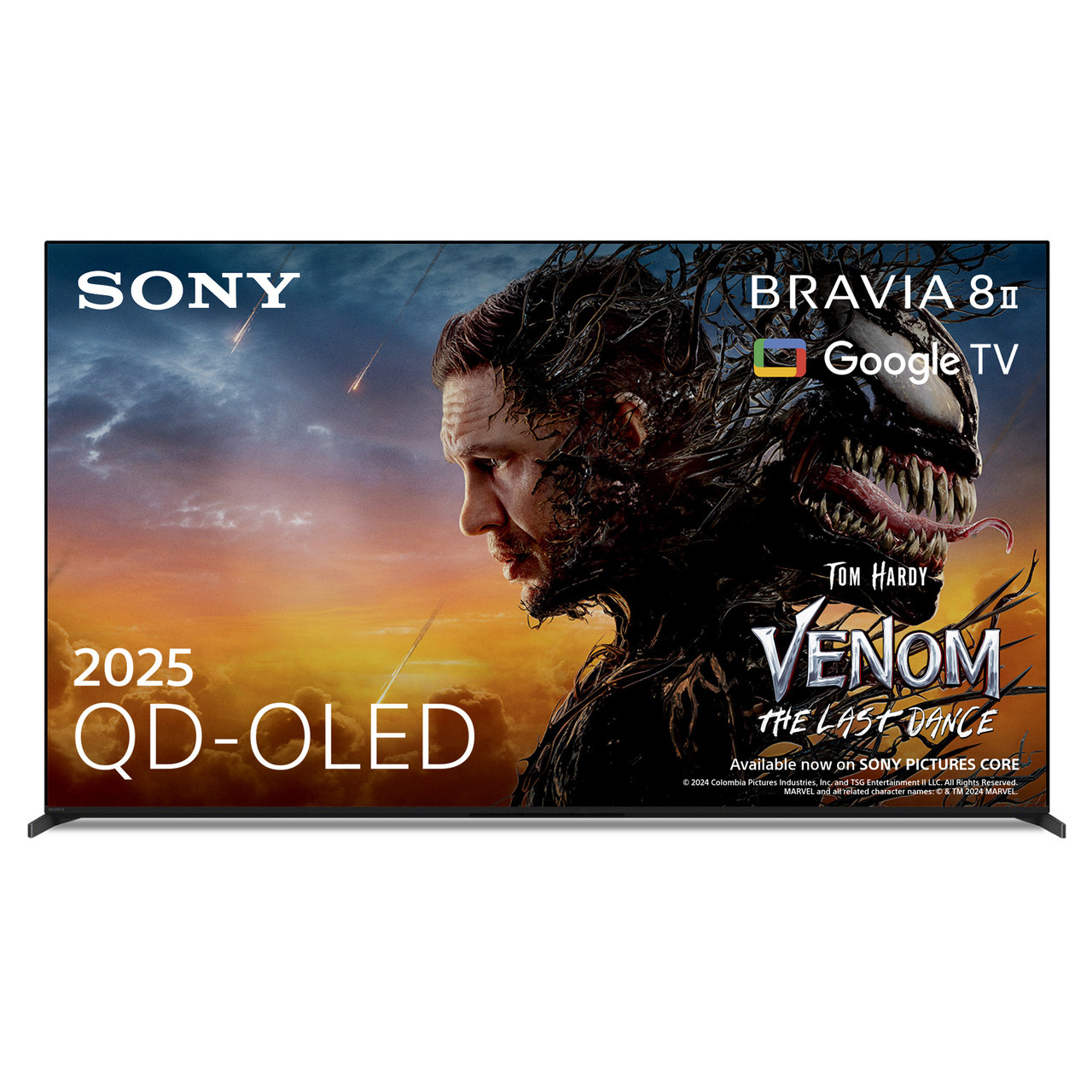
Screen sizes: 55-inch, 65-inch
Type: QD-OLED
HDMI inputs: x 4 (2 x 48Gbps HDMI 2.1)
Gaming features: 4K/120Hz, VRR, ALLM, Dolby Vision game mode
Dimensions (hwd, without stand): 83 x 144 x 3.4cm (65-inch model)
The Bravia 8 II is a real step on from its predecessor, the A95L, and it has a more tantalising picture than the Bravia 9 overall. But it's a little more expensive, a little less bright, and its foot placement can be awkward.
Pros
- Exceptionally bright, vibrant and three-dimensional picture
- Perfect blacks and excellent shadow detail
- Stunning and cinematically authentic right out of the box
Cons
- Not as bright as its Mini LED sibling
- Only two HDMI 2.1 ports
- Positioning of the feet will be awkward for some
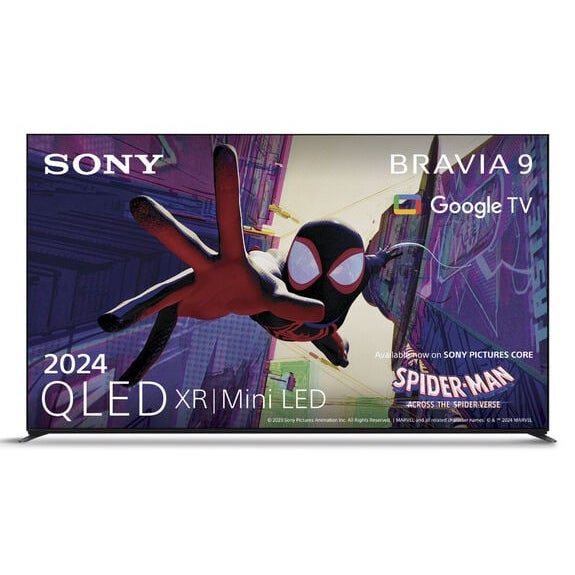
Screen sizes: 65-inch, 75-inch, 85-inch
Type: Mini LED
HDMI inputs: x 4 (2 x 48Gbps HDMI 2.1)
Gaming features: 4K/120Hz, VRR, ALLM, Dolby Vision game mode
Dimensions (hwd, without stand): 84 x 144 x 4.8cm (65-inch model)
If it's a brighter screen you want, but still with cinematic authenticity, the Bravia 9 is your TV. But its picture isn't as consistent, crisp or three-dimensional as its QD-OLED sibling, and it's a little fussier in terms of settings.
Pros
- Dazzling brightness and highlights, particularly with super-bright HDR content
- Impressive height effects from built-in speakers
- Excellent local dimming on dark backgrounds
Cons
- Lacks the solidity and pop of an OLED such as the Bravia 8 II
- Sound could be weightier
- Just two HDMI 2.1 sockets
Sony's new 2025 TVs were announced in April. While the brand chose to keep the Bravia 9 Mini LED TV as its flagship set, it introduced the Bravia 8 II QD-OLED TV to sit below it.
We've now reviewed the new TV, and bestowed upon it a coveted five-star rating.
But how does it compare to the Mini LED range-topper? Join us as we explain the differences between the two TVs and help you decide which is right for you.
Sony Bravia 8 II vs Bravia 9: price
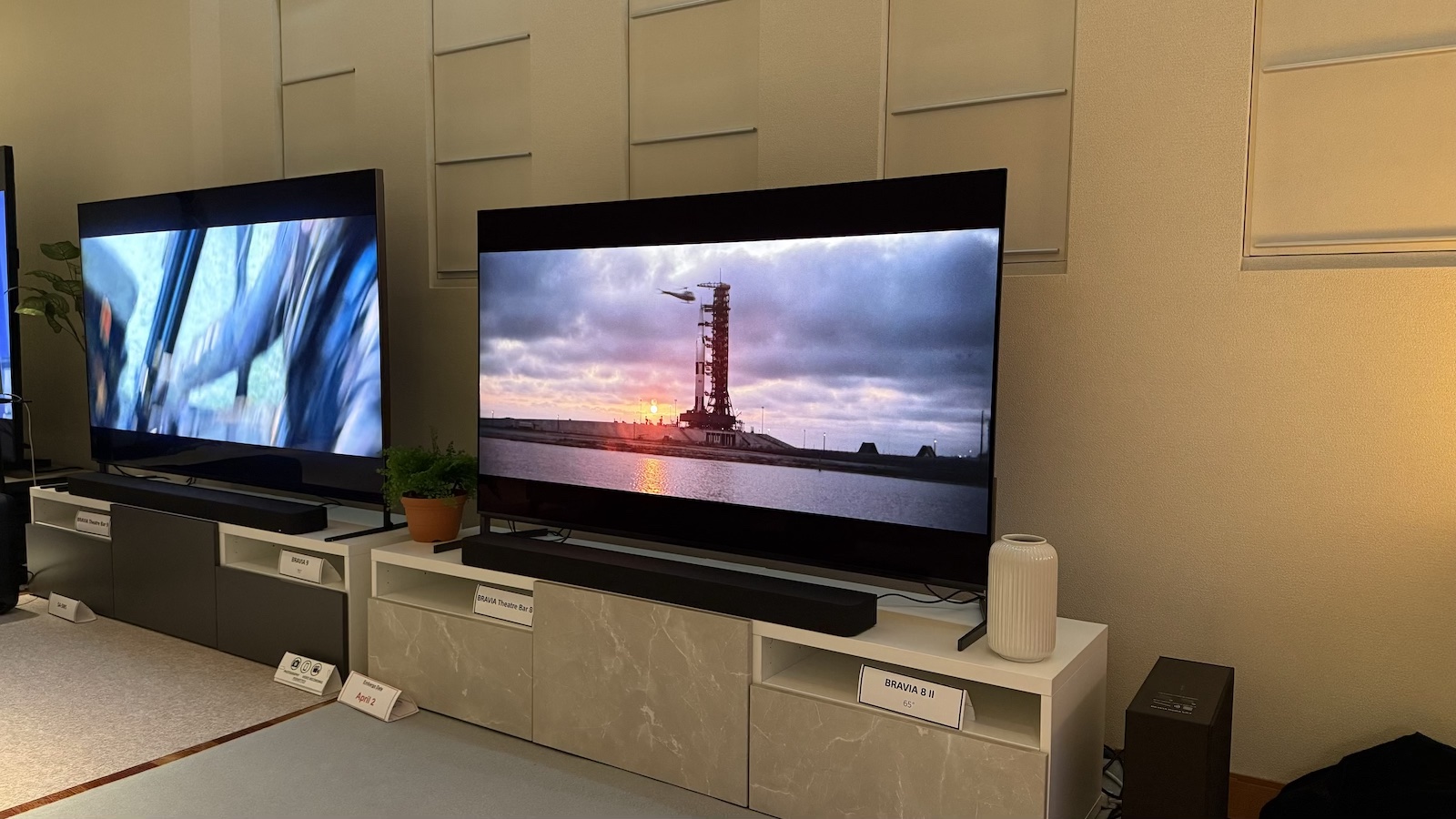
While the Bravia 9 officially sits at the top of Sony's current TV range, and is therefore nominally priced above the Bravia 8 II, its longer time on sale means it's actually currently the more affordable of the two TVs when buying a 65-inch model (the only size in which both TVs are available).
So, the 65-inch Bravia 9 is currently priced at £2599 / $2800 (this size isn't available in Australia), while the 65-inch Bravia 8 II is £2999 / $3300 / AU$5295.
The Bravia 8 II is also available in a 55-inch size, which is currently available for £2499 / $2600 / AU$4195.
The Bravia 9 doesn't come in a 55-inch variant, but there is a 75-inch version, which will currently set you back £2999 / $3198 / AU$5799, and an 85-inch model, which is currently priced £3799 / $4500 / AU$6799.
The latest hi-fi, home cinema and tech news, reviews, buying advice and deals, direct to your inbox.
As ever, these prices will change, and we would expect the new set's price to drop over time, though Sony TVs aren't usually discounted as heavily as those from LG and Samsung.
You'll see the latest and greatest deals on both TVs sprinkled throughout this page, but based on the prices of the 65-inch models at the time of writing, this round has to go to the Bravia 9.
** Winner: Sony Bravia 9 **
Sony Bravia 8 II vs Bravia 9: design
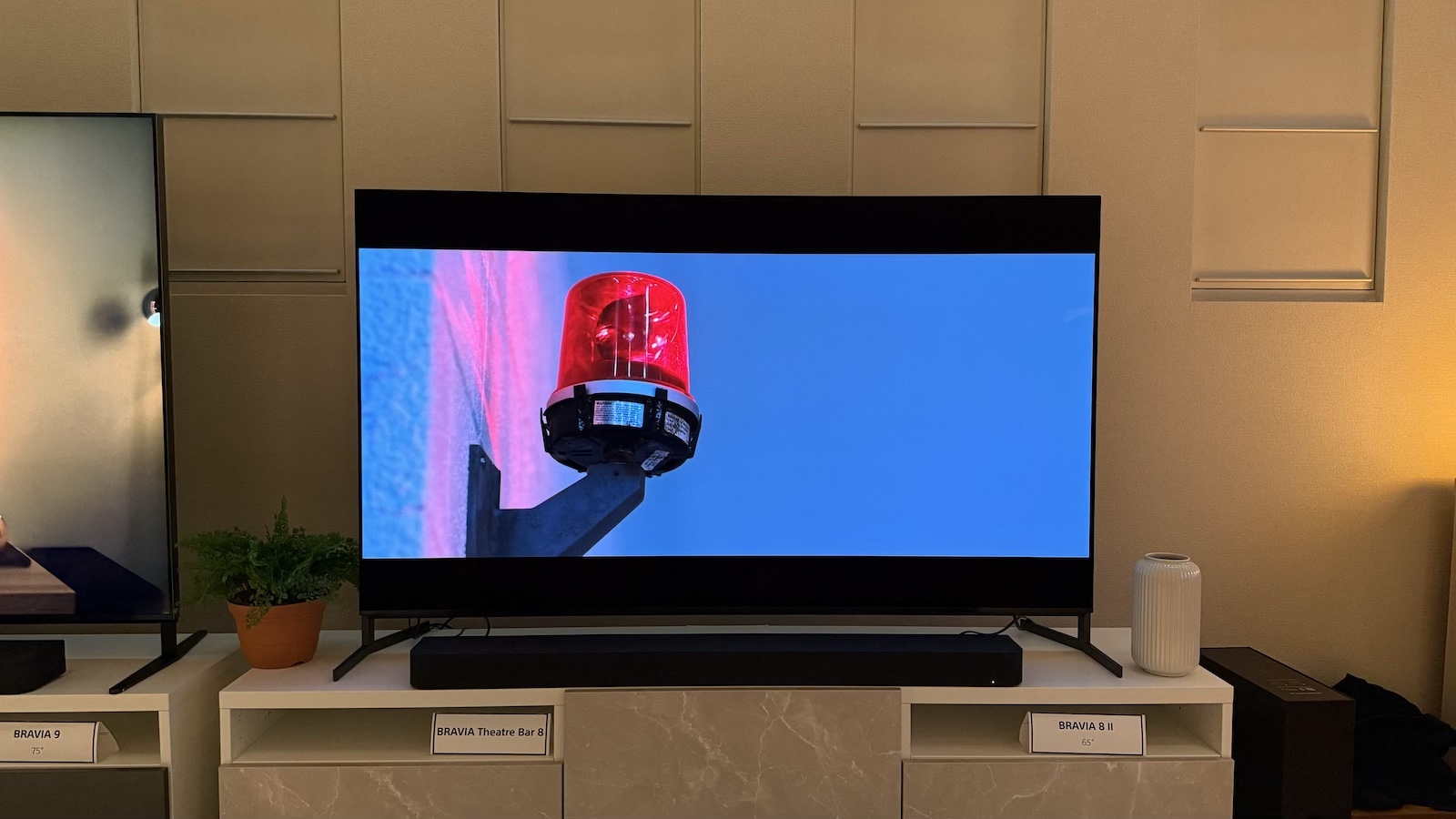
The Bravia 8 II replaces the A95L, and it looks very similar to it.
That's no bad thing – it's a smart, premium-looking chassis that's the slimmest in Sony's current line-up (and 1.4cm slimmer than the Bravia 9).
It has similar blade-like feet to the Bravia 9, but they can only be positioned at the furthest extremes of the TV's bottom edge. That means the Bravia 8 II can't be placed on furniture narrower than the set's width – 122cm for the 55-inch model and 145cm for the 65-inch version.
The Bravia 9's feet can be positioned towards the centre of the TV to help it fit on a smaller cabinet. This makes it much more versatile in terms of positioning.
Both TVs' feet can be extended to raise the TV up and accommodate a soundbar.
** Winner: Sony Bravia 9 **
Sony Bravia 8 II vs Bravia 9: features
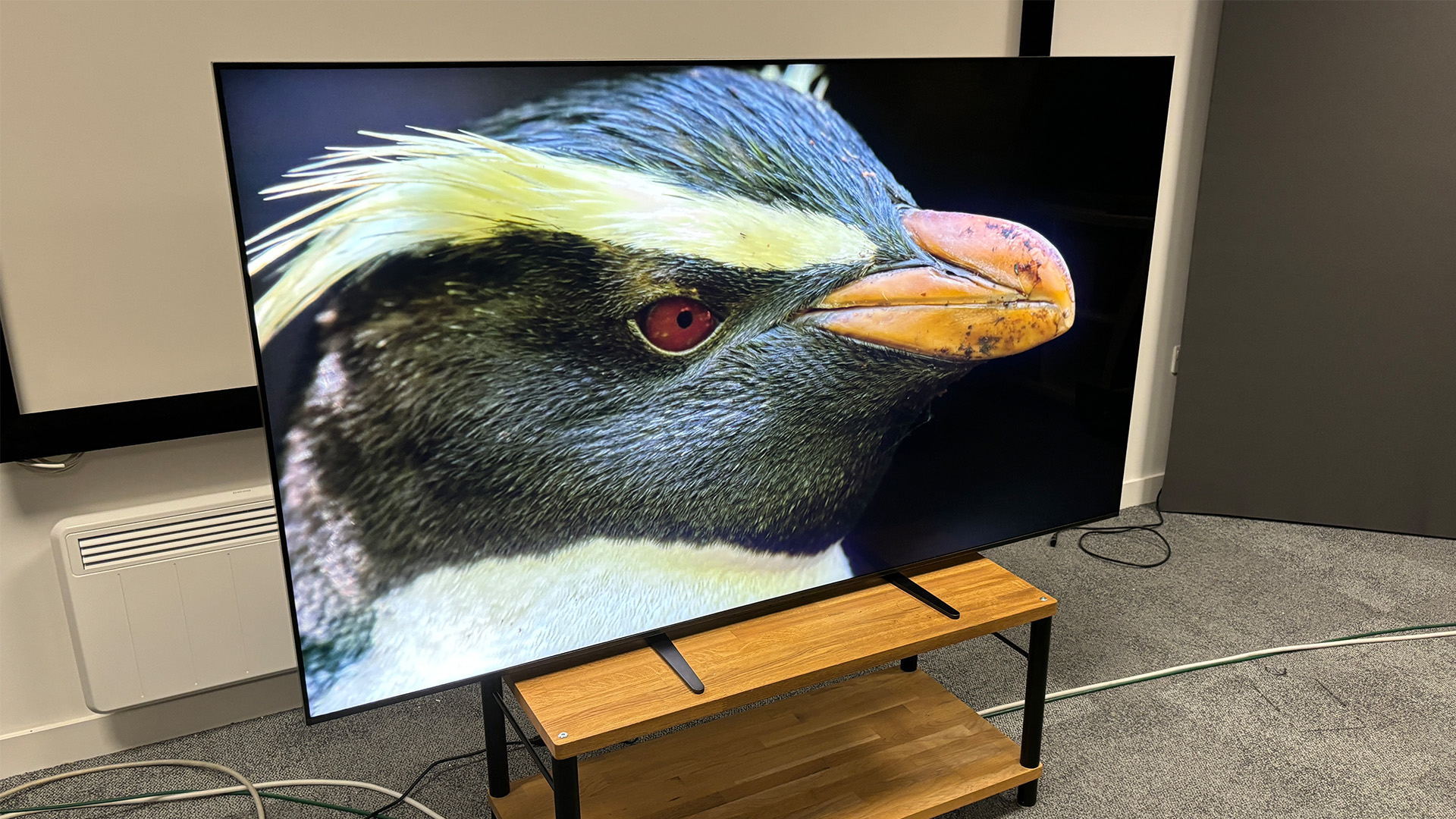
The main difference between these TVs is the panel technology they use. The Bravia 8 II uses a QD-OLED panel, while the Bravia 9 has a Mini LED display.
Sony claims the Bravia 8 II's screen can go 25 per cent brighter than its A95L QD-OLED predecessor in terms of peak brightness, and 50 per cent brighter than the Bravia 8.
This should also mean an increase in colour volume. Sony claims it has improved its dark shading too – read the next section to see if we agree.
The Bravia 9's Mini LED backlighting system has some impressive claims of its own. Its cutting-edge drivers allow for more granular control of the backlight compared with other Mini LED TVs. This makes it better able to combine very bright and very dark elements in one image.
Sony says the Bravia 9 has three times as many dimming zones as the outgoing X95L, and is 50 per cent brighter. And all while being 30 per cent more power efficient.
Both sets use Sony's XR processor, but the Bravia 8 II has a new AI scene recognition system. This optimises the picture to what's on screen for greater realism.
Both TVs have calibrated modes for Prime Video, Netflix and the Sony Pictures Core streaming services. These aim to deliver the respective content as the director intended.
Both support the same formats of HDR (Dolby Vision, HDR10 and HLG, but not HDR10+), plus IMAX Enhanced. And both have just two HDMI 2.1 sockets, meaning gamers with more than one modern console and a soundbar/surround system will probably have to do some socket switching to get the best performance.
But otherwise, gamers are well served by both TVs, with 4K/120Hz, VRR and ALLM on board.
The Bravia 9 has a 70W 2.2.2-channel speaker system, while the Bravia 8 II has the same 60W 2.2-channel set-up as the A95L. The latter features actuators that vibrate the screen – that's not possible on a backlit display, so the Bravia 9's speakers are situated around the edge of the screen instead.
The Bravia 9 not only has 10W more total power than the Bravia 8 II, it also has two up-firing tweeters built into the top edge to deliver Dolby Atmos height effects. Which could make for a more immersive sound.
** Winner: Sony Bravia 9 **
- What is QD-OLED? Everything you need to know
- Mini LED: all the details on OLED's rival
Sony Bravia 8 II vs Bravia 9: picture
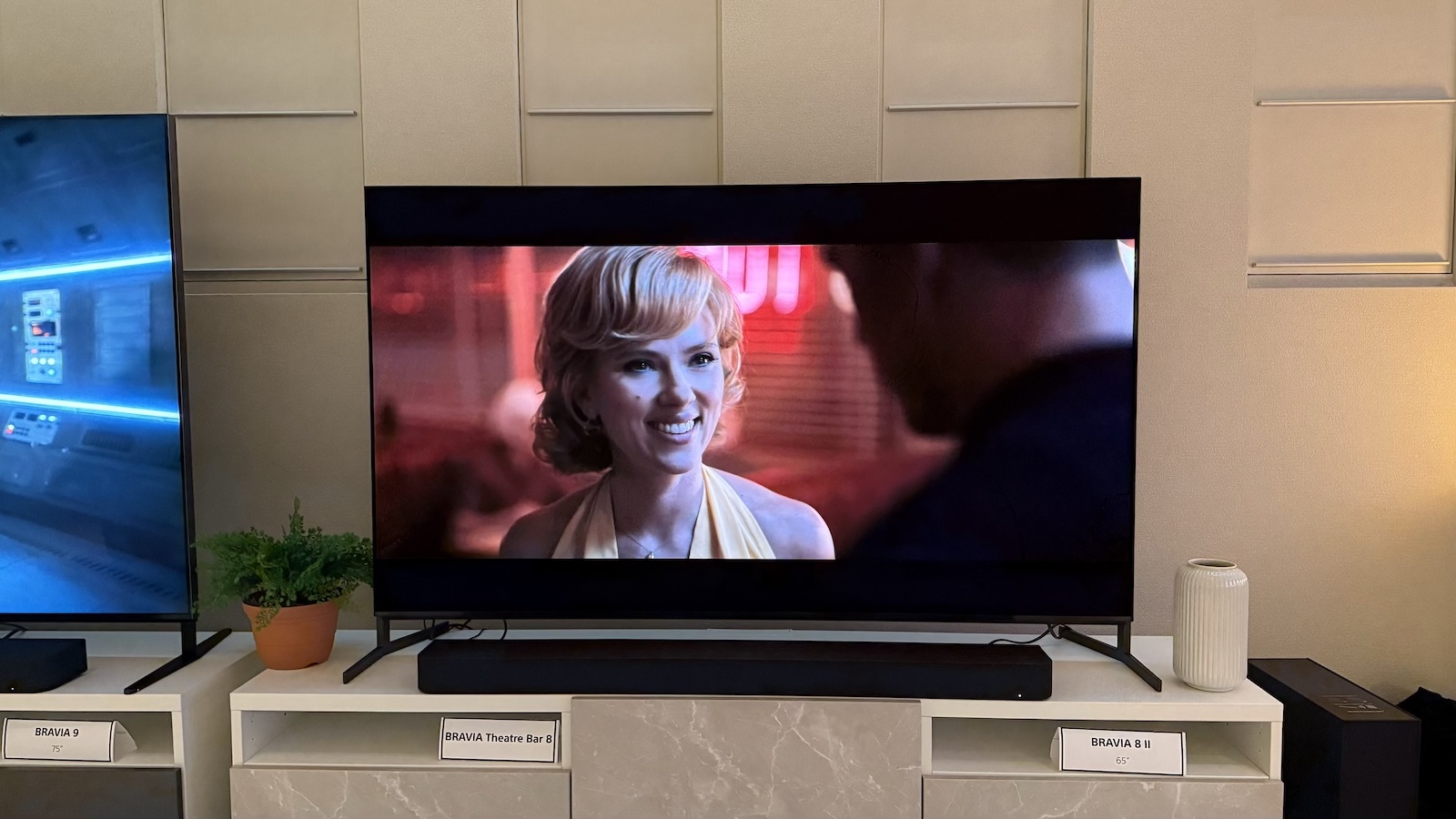
The Bravia 8 II has one big advantage over the Bravia 9: it's much less fussy.
That's thanks to some expertly tuned presets. Just choose either Dolby Vision Dark (for Dolby Vision content) or Professional (for everything else), and you're pretty much guaranteed a fantastically authentic picture.
Dolby Vision Bright / Cinema mode will provide a bit more 'pop' (handy for bright days), or you can tweak the settings yourself, but the vast majority of viewers will be more than happy with the presets.
The Bravia 9, by contrast, requires a fair bit of time in the menus if you want it looking its best. But as we'll see, the results are worth it.
In terms of picture quality, the Bravia 8 II is a big upgrade on the A95L that it replaces. Its peak highlights are appreciably brighter, and colours are brighter overall. Colours don't lose their vibrancy in low light either, and there's buckets of shadow detail to enjoy.
Sony's AI processing makes the image much more solid, with more depth, and objects gaining a volume and roundedness that its predecessor lacked.
Watching Sinners, "The incredible, dramatic sunrise skies over the cotton fields have greater shading, depth and contrast from the Bravia 8 II, and you get the feeling you could put your hand through the TV and reach towards the horizon," we wrote in our review.
Animated movies pose the TV no problems, as evinced by watching Into The Spider-Verse. "The bright sun over Brooklyn sizzles, original Spidey’s red suit is super-vivid, and the dimension-melding action at the start of the film crackles with colour," we noted.
The Bravia 9 earned four stars in our review. As we said, the fussing is worth it.
Watching Pan, "the highlights seen as the ship descends through space and glides into a dreamlike floating ocean are exceptional, with rich, impactful orange hues and noticeable detail in the very centre of the sun – something that we do not see in the deliveries of the LG G4 or Bravia 8," we wrote in our review.
Its contrast abilities add a real sense of depth to proceedings, with sharp outlines provoking a three-dimensional effect. Blacks might not be quite at OLED levels – inevitable on a backlit set – but they're still very impressive.
Colours are well balanced, and while skin tones could use a little extra warmth, particularly in low-light areas, they are still generally natural. Motion handling is superb, too.
Although the Bravia 9 is capable of going brighter than any current OLED, thanks to its advanced Mini LED backlight, in a comparative test, we found it to be not quite as cinematic as the Bravia 8 II's little brother, the original Bravia 8. The latter is just more detailed, sharper and cleaner. Skin tones are richer, and neon signs more vibrant.
Considering the Bravia 8 II is a real step on from that model, there's no doubt that it delivers the more authentic, consistent and crisp viewing experience.
** Winner: Sony Bravia 8 II **
Sony Bravia 8 II vs Bravia 9: sound

The Bravia 8 II has the same sound system as the A95L, and puts in the same bravura performance.
It sounds direct but spacious, with an excellent level of detail. "Bigger dynamic shifts are also handled well, with chapter two of Blade Runner 2049 building steadily where rival sets sound flat," we wrote in our review.
It's not the last word in bass depth, but it's weightier than most rivals, and remains composed. It also has an impressive tonal balance, lending voices a satisfying warmth and fullness.
And the Bravia 9? Typically for a Sony, it sounds very good indeed, especially thanks to the new up-firing drivers, which really add a sense of height. They make the sound feel more spacious, too.
The sound has great directionality, and the TV projects very well into the room. We like the Voice Zoom 3 feature too, which enhances the dialogue to make it clearer without compromising the other audio effects.
Again, it is a little bass-light and lacking in punch. But the upside is that it stays within its limits, and so doesn't distort.
** Winner: Sony Bravia 9 **
Sony Bravia 8 II vs Bravia 9: verdict
So which of these super-premium Sony TVs should you buy?
The Bravia 9 is brighter, more versatile in terms of positioning and has up-firing speakers for a more convincing Dolby Atmos effect.
But the Bravia 8 II's picture is superior. Perfect blacks and pixel-level contrast control, plus even more advanced processing, result in an image with more pop, depth and consistency. It works better right out of the box, too.
So, both TVs are great, but assuming you're not after a TV bigger than 65 inches (or one for a super-bright room such as a conservatory), it's the Bravia 8 II we recommend.
MORE:
Read our Sony Bravia 8 II review
And our Sony Bravia 9 review
Sony 2025 TV lineup: everything you need to know
The best Sony TVs you can buy
Joe has been writing about tech for 20 years, first on staff at T3 magazine, then in a freelance capacity for Stuff, The Sunday Times Travel Magazine (now defunct), Men's Health, GQ, The Mirror, Trusted Reviews, TechRadar and many more. His specialities include all things mobile, headphones and speakers that he can't justifying spending money on.
You must confirm your public display name before commenting
Please logout and then login again, you will then be prompted to enter your display name.

